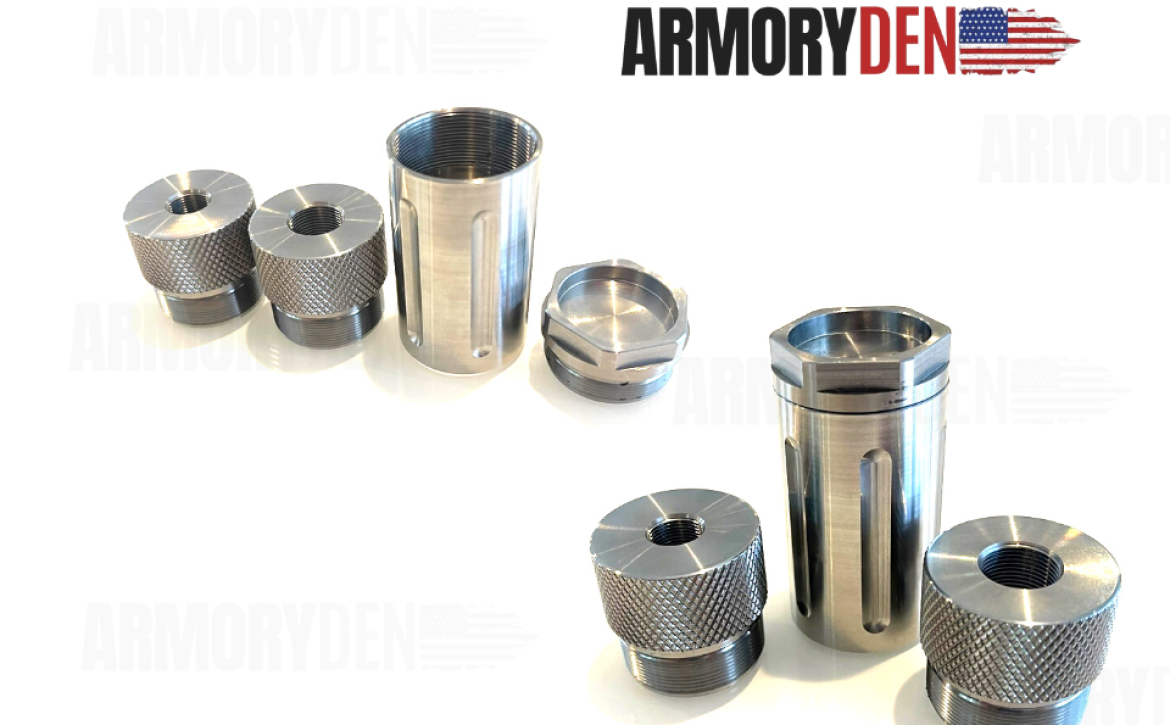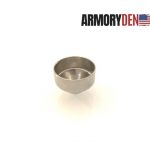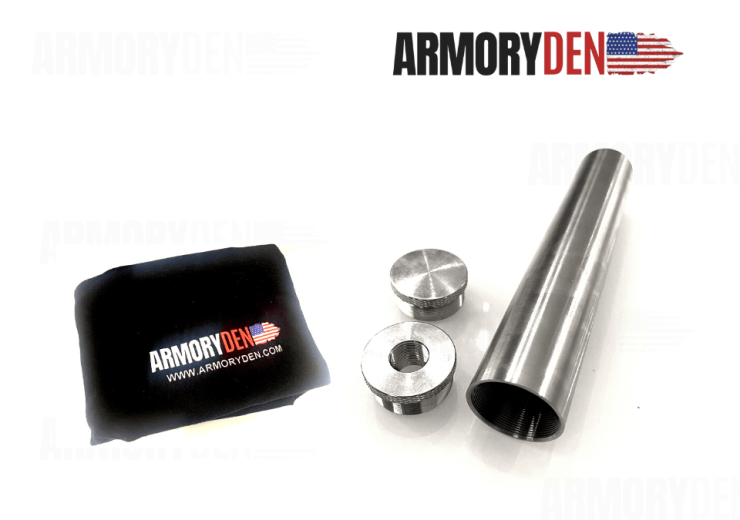Why Do People Form 1 Their Solvent Traps?
Please note this article does not recommend or endorse modifications or alterations to our solvent traps or any other products we sell on our website. This is purely educational to inform those entering this market of the realities of what many individuals and companies are doing. This article is to simply provide information on why some people choose to form 1 their solvent trap, which can be done legally through by purchasing a Stamp Tax and submitting and receiving back and approved Form 1 from the BATFE.
If you are one of the many Americans getting their feet wet in the Class III Suppressor Market, then you may have heard terms related to the Form 1, Form 4 or Form 3 Process. Well, maybe not the Form 3 process as that is specific to dealer transfers of Class III items, such as suppressors.
Solvent Traps and Form 1 Process?
You may have heard the terms Form 1 and Form 4. The ATF and the NFAD or the National Firearms Act Division, have a knack for making basic processes sound over-technical, daunting and sometimes downright scary. In this article we will provide some information, and explain the difference between the Form 1 and Form 4, and ultimately highlight why people Form 1 their solvent traps, which should be done legally through the required stamp tax and BAFTE Form 1 submission and approval process.
Form 1 Process For Solvent Traps
The reason people Form 1 their solvent traps is because it is a more efficient way to purchase, build and register it as a ‘legal suppressor’. However, solvent traps should never be sold as suppressors because solvent traps are firearm cleaning kits and their sole purpose is to trap solvent. Cleaning your firearm regularly can improve both reliability and a safety of a firearm. The Form 1 process requires the payment of a $200 tax stamp to the BATF to be accepted in good order.
Form 4 Process
The Form 4 process, unlike the Form 1 Process is not completed by an individual, but by a licensed dealer. More specifically, it is an application for the transfer and registration of a firearm that is already nationally regulated and registered under the National Firearms Act.
The Form 4 application is used when serialized suppressors are being sold by a Class III Dealer to a retail customer. In order for this application to be considered in ‘good order’ when it is submitted for the purchase of a suppressor, the application must be accompanied by a $200 tax stamp. The official name of the ATF Form 5320.4 – Application for Tax Paid Transfer and Registration of Firearm.
Den Conclusion
A Form 1 is similar in many ways, but also has many differences. A Form 1 is what is used when someone wants to develop and register their own firearm or suppressor, rather than purchasing one from the store that is already serialized. As we will explain in more detail, the speed of the Form 1 application process especially over recent years, is much faster than the Form 4 process.
DISCLAIMER: This blog post is not legal advice. The information provided is for informational purposes only. Any information posted on our website is to inform our customers due our industry, and also appease companies we do business with, such as those who insure us. Legal advice may only be provided by a properly licensed attorney.






